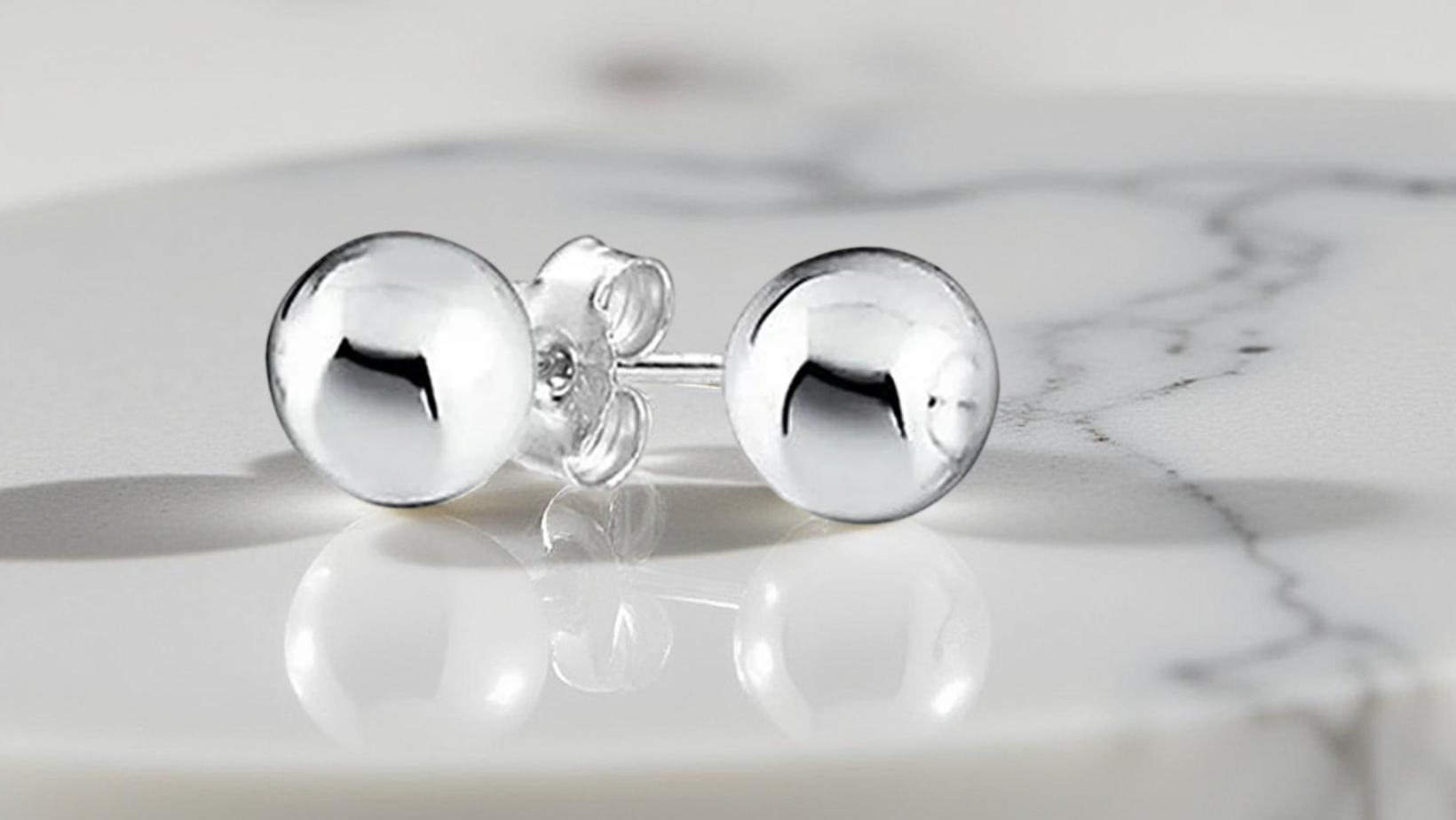Moissanite VS. Cubic Zirconia: What’s the Difference?
When it comes to choosing a diamond alternative, Cubic Zirconia (CZ) and Moissanite jewelry often stand out as popular options. Both stones offer a sparkling look at a fraction of the cost of a traditional diamond, but they are not the same.
Understanding the differences between Cubic Zirconia and Moissanite jewelry can help you make an informed choice, whether you’re buying an engagement ring, a statement piece, or just adding to your jewelry collection. -
Both moissanite and cubic zirconia are synthetic stones created in laboratories, but they have distinct properties and characteristics.
Here's what you need to know:
1. Composition and Origin
Moissanite: This gemstone is composed of silicon carbide, a naturally occurring mineral that is extremely rare on Earth. It was first discovered in 1893 by French chemist Henri Moissan in a meteorite. Today, moissanite is primarily produced synthetically in laboratories.
Cubic Zirconia: Also known as CZ, cubic zirconia is a synthetic gemstone made from zirconium oxide. It was developed in the 1970s as a diamond substitute.
2. Hardness and Durability
Moissanite: Moissanite jewelry is exceptionally hard, ranking 9.25 on the Mohs hardness scale, just slightly below diamonds. This makes it highly durable and resistant to scratches and chipping.
Cubic Zirconia: While cubic zirconia is relatively hard, it ranks around 8.5 on the Mohs scale. It is still considered durable, but it may be more susceptible to scratches compared to moissanite.

3. Color and Brilliance
Moissanite: Moissanite is renowned for its exceptional brilliance and fire. It exhibits a rainbow of colors when light passes through it, similar to diamonds. Moissanite can be found in various colors, including colorless, yellow, green, and blue.
Cubic Zirconia: Cubic zirconia also offers good brilliance and clarity, but its sparkle may not be as intense as moissanite. It is typically colorless but can be treated to create other colors.
4. Cut and Faceting
Moissanite: Moissanite can be cut and faceted in a variety of styles, including round, princess, pear, and marquise. It is known for its excellent cut quality and symmetry.
Cubic Zirconia: Cubic zirconia can also be cut in various shapes, but its faceting may not be as precise as moissanite.
5. Price
Moissanite: While moissanite is generally more expensive than cubic zirconia, it is still significantly less costly than natural diamonds.
Cubic Zirconia: Cubic zirconia is one of the most affordable gemstone options available.
6. Ethical Considerations
Moissanite: Moissanite is a lab-grown gemstone, eliminating ethical concerns related to mining and the environment.
Cubic Zirconia: Cubic zirconia is also a lab-grown gemstone, making it an ethical choice.

7. Key Differences Summary
|
Feature |
Moissanite |
Cubic Zirconia |
|
Composition |
Silicon carbide |
Zirconium oxide |
|
Hardness |
9.25 |
8.5 |
|
Brilliance |
Exceptional |
Good |
|
Color |
Various (colorless, yellow, green, blue) |
Colorless (can be treated) |
|
Cut and Faceting |
Excellent |
Good |
|
Price |
More expensive |
Less expensive |
|
Ethical Considerations |
Lab-grown, ethical |
Lab-grown, ethical |
8. Choosing the Right Gemstone
The decision between moissanite and cubic zirconia ultimately depends on your personal preferences and priorities. If you are looking for a gemstone with exceptional brilliance, durability, and a unique appearance, moissanite may be the ideal choice.
Not sure where to find beautiful Moissanite jewelry for your collection? You're in the right place! Cate & Chloe has a stunning selection of women’s jewelry to fit every style and preference, including an exquisite collection of moissanite rings.
Take a look at our best-sellers here!










发表评论